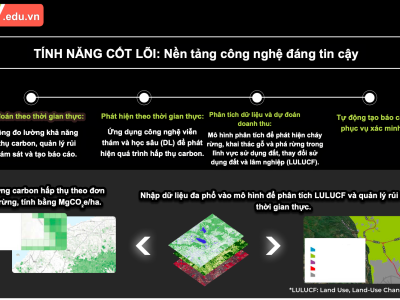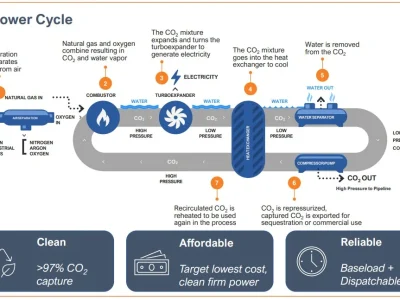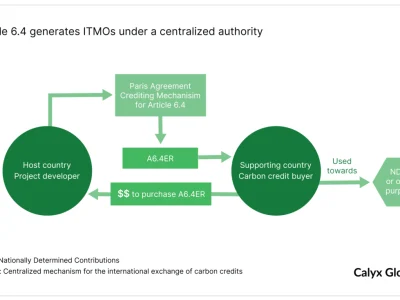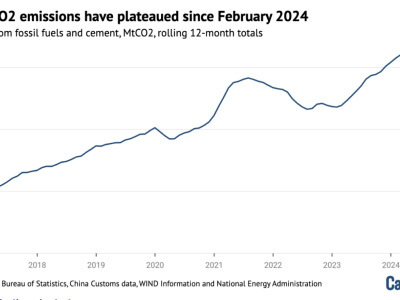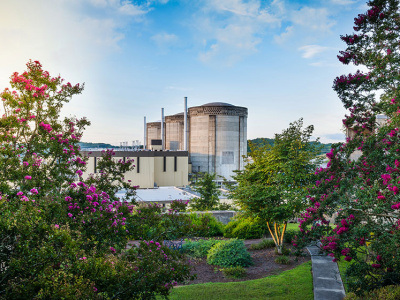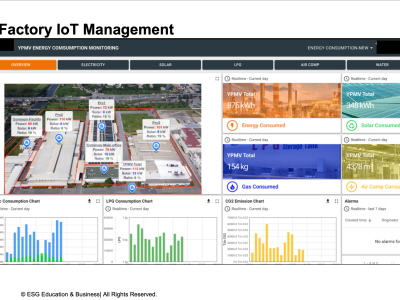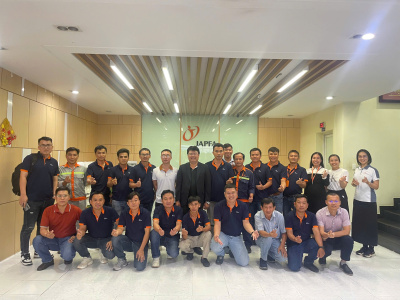 Chuong trinh dao tao
Chuong trinh dao tao
Type 1 Waste: Nutrient-Rich Biomass for Fermented Animal Feed
Type 1 waste refers to putrescent, nutrient-dense organic residues that can be upcycled into animal feed through controlled processes such as heat treatment and microbial fermentation. These materials typically originate from agricultural byproducts, food processing residues, and aquaculture or livestock waste streams. Common examples include:
- Crop residues: banana pseudostem, coffee pulp, cashew apples, orange peel, passion fruit peel and seeds, sugar beet pulp, cassava pulp, sweet potato vines, taro foliage, tofu wake, sisal waste.
- Agro-industrial byproducts: spent coffee grounds, brewery and distillery waste, peanut press cake, coconut pulp, cacao pods.
- Animal-based waste: crustacean shells, fish offal and mortalities, hatchery waste, poultry feathers, viscera and carcasses, slaughterhouse waste.
- Food waste: from households, markets, and food services.
These substrates—often discarded or improperly managed—represent a high-potential resource within circular bioeconomy frameworks aligned with SDG 12 (Responsible Consumption and Production) and SDG 2 (Zero Hunger).

Lactic Acid Fermentation: A Sustainable Bioconversion Strategy
Lactic acid fermentation is a low-energy, scalable biotechnology ideal for stabilizing high-moisture Type 1 waste, reducing microbial spoilage, and enhancing feed digestibility and nutrient bioavailability. The process is driven by lactic acid bacteria (LAB), which metabolize water-soluble carbohydrates to produce lactic acid, reducing pH to ~4.0 or below. This acidic environment:
- Inhibits pathogenic and spoilage microbes, including Clostridium botulinum (toxic at pH > 4.5),
- Produces bioactive compounds such as hydrogen peroxide, bacteriocins, and natural antibiotics, and
- Eliminates the need for synthetic preservatives or antibiotics in animal feed.
LAB fermentation supports climate-resilient feed systems by enabling preservation without refrigeration and transforming perishable waste into shelf-stable biomass with enhanced nutritional value.
Beyond Preservation: Functional and Probiotic Benefits of LAB
Lactic acid bacteria contribute to animal and human health beyond feed stabilization. Their functions include:
- Gut microbiome modulation: LAB reduce intestinal colonization by pathogens, support immune function, and promote microbial balance in both the gastrointestinal and urogenital tracts.
- Nutritional enhancement: LAB synthesize B-group vitamins (e.g., folates, riboflavin, B12), vitamin K₂ (menaquinone), and improve amino acid bioavailability—especially lysine.
- Detoxification: LAB have demonstrated capacity to degrade pesticide residues (e.g., chlorpyrifos, diazinon, methylparathion), as well as mycotoxins, cyanotoxins, and heavy metals, making them crucial agents in feed safety and environmental decontamination.
- Anti-nutrient reduction: LAB fermentation decreases phytic acid in grains, enhancing mineral absorption (Ca, Fe, Zn, Mg, P), thus addressing hidden hunger and micronutrient deficiencies in livestock systems.
Palatability and Performance: Implications for Livestock Systems
Fermented feed is more palatable to pigs and poultry, provided levels of acetic acid and biogenic amines remain low. Animals prefer feeds with lactic acid fermentation due to improved taste, aroma, and digestibility. Moreover, lactic acid enhances pancreatic enzyme secretion and breaks down complex plant fibers and anti-nutrients, reducing gastrointestinal stress.
Global Context: Probiotics in Human and Animal Nutrition
In countries like Japan, probiotic LAB have long been used in both food and pharmaceutical sectors to support immunity, reduce metabolic disease risks, and improve overall health. Functional applications include treatment for gastrointestinal disorders, allergies, colds, and metabolic syndromes. The probiotic category extends beyond bacteria to include yeasts and fungi, highlighting the broad potential of microbial biointerventions in One Health strategies.
Conclusion: Type 1 Waste as a Sustainable Feedstock
The transformation of Type 1 waste via lactic acid fermentation represents a high-impact solution for waste valorization, nutrient recycling, and feed security, with co-benefits across environmental, economic, and social dimensions. It offers a concrete pathway toward net-zero emissions in the agriculture and food systems, while addressing food waste, antimicrobial resistance, and nutrition transition challenges in low- and middle-income countries.


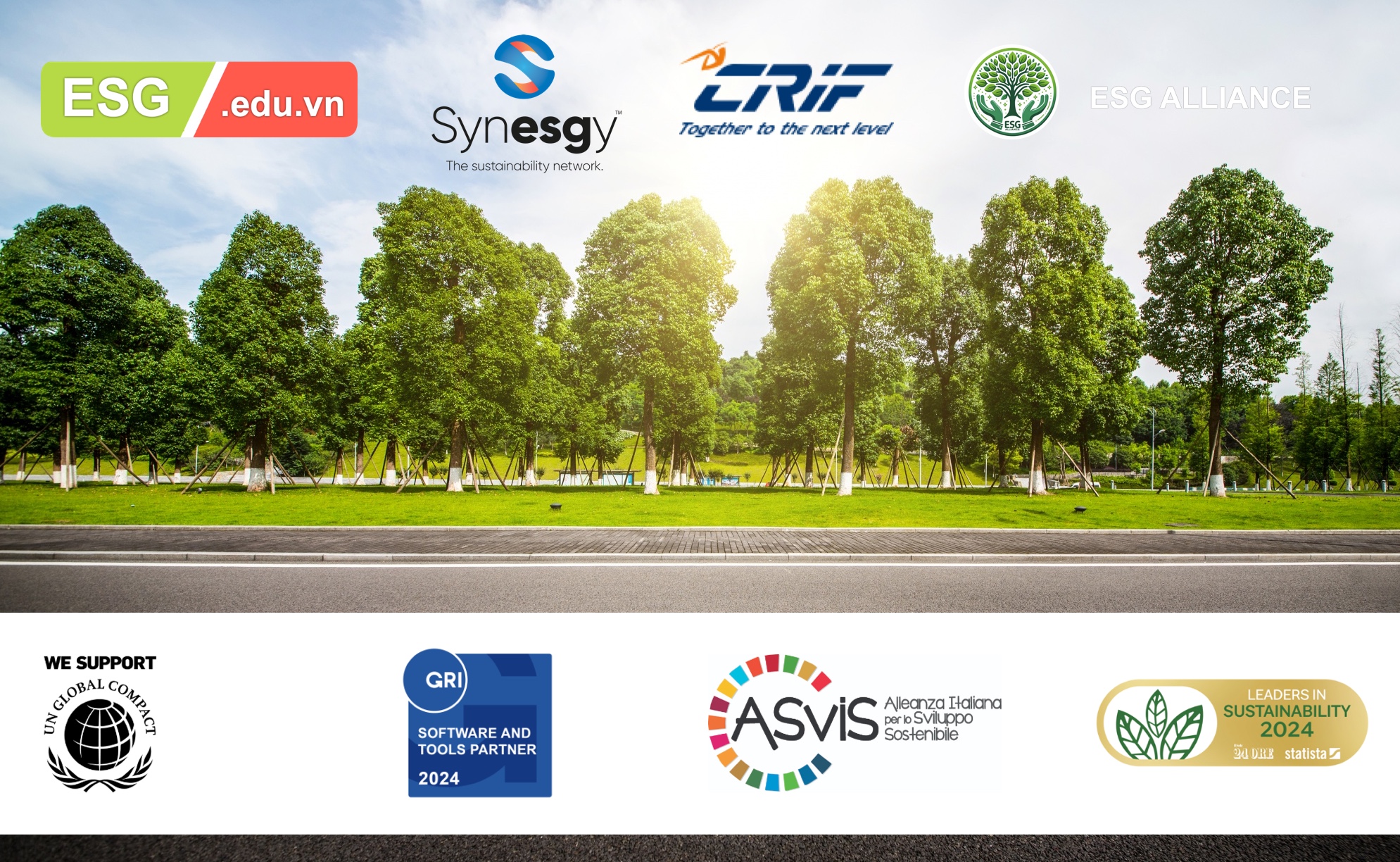







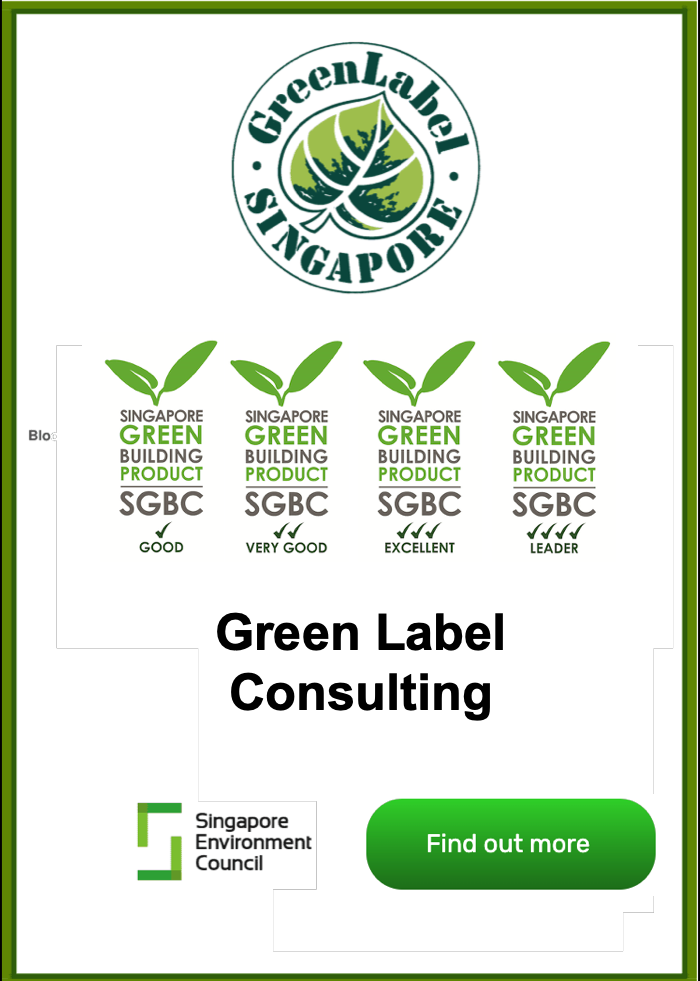
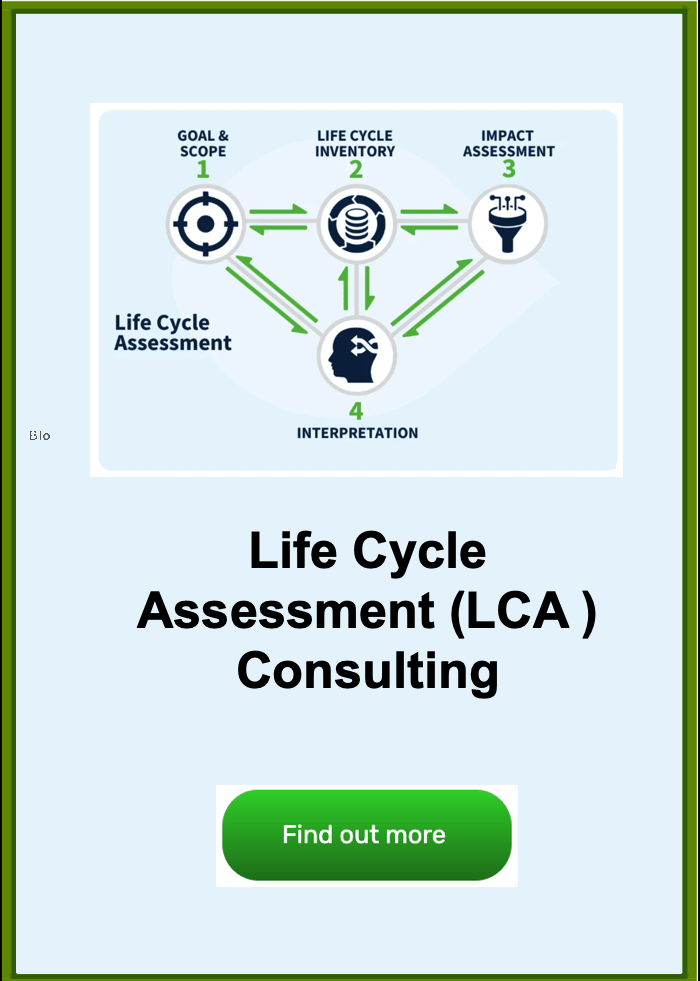

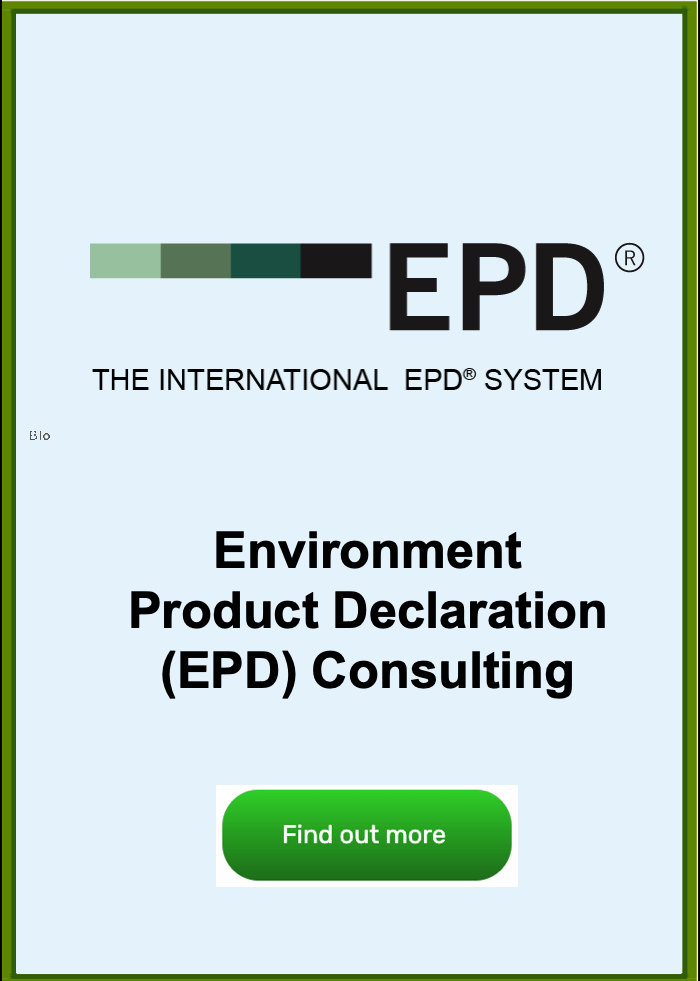
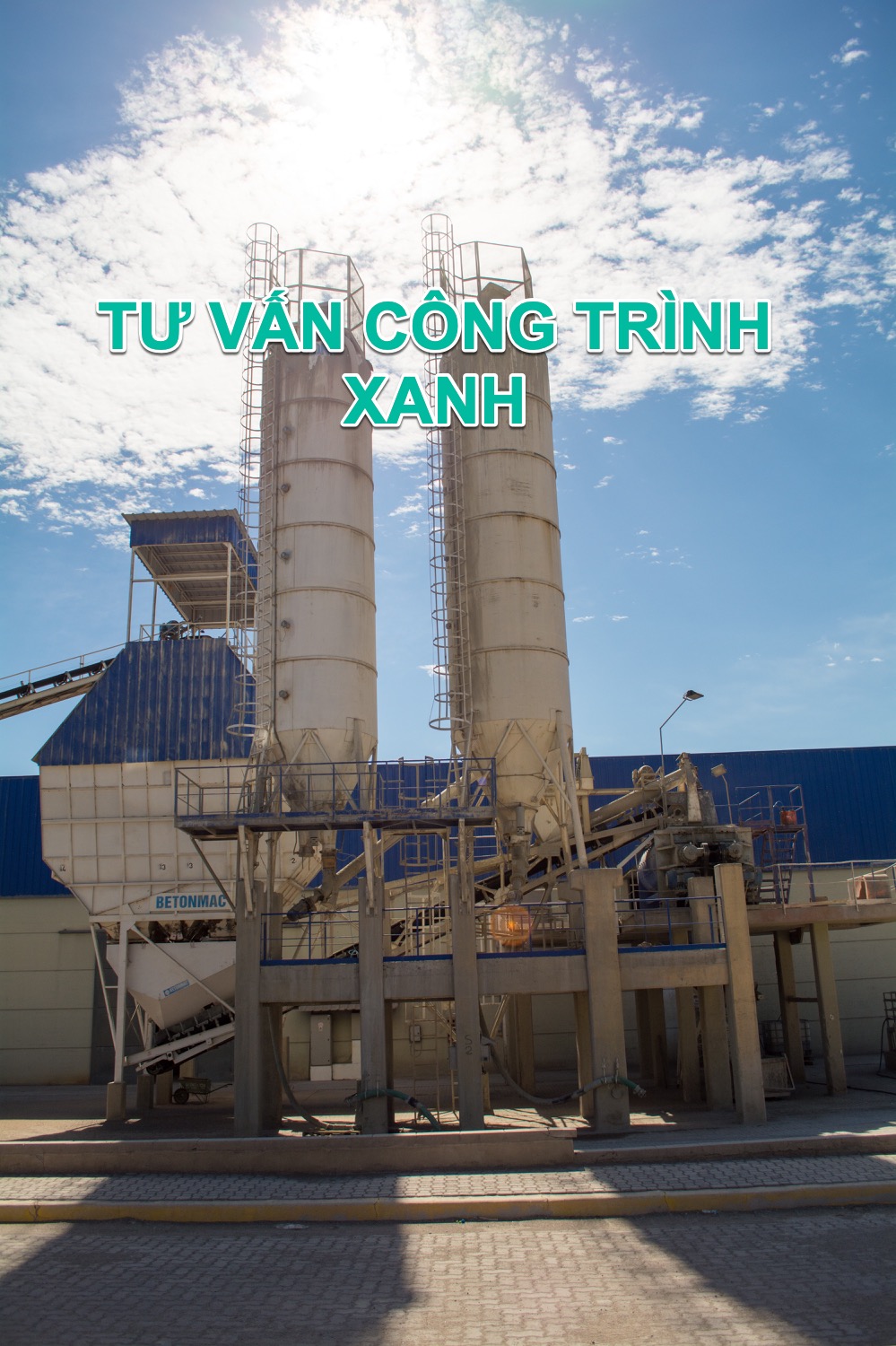


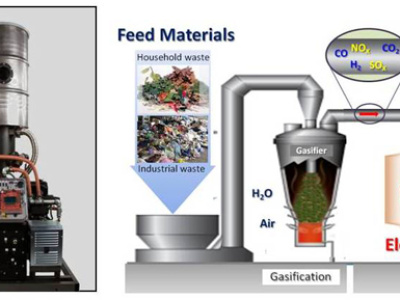
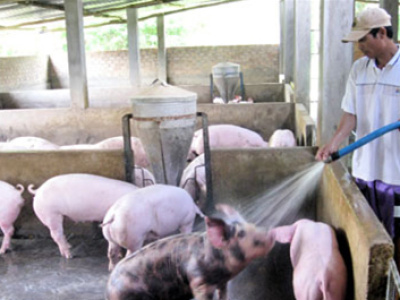
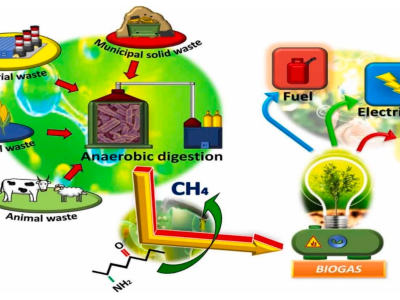
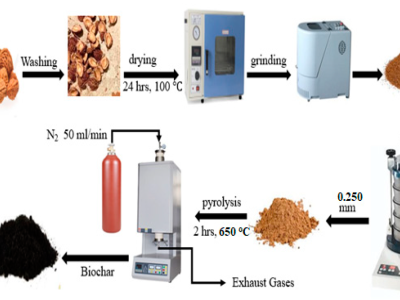
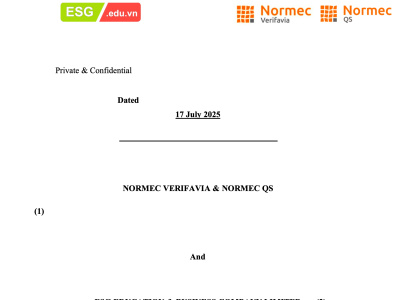

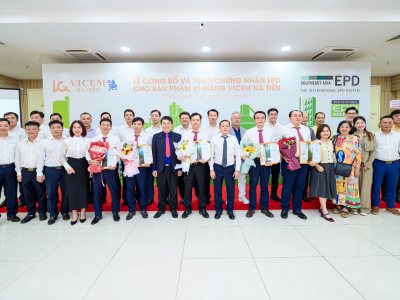
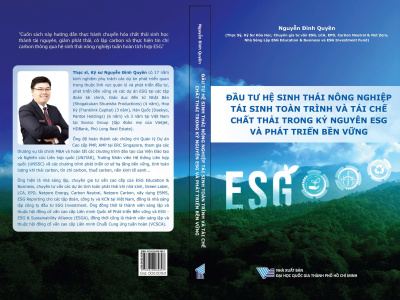


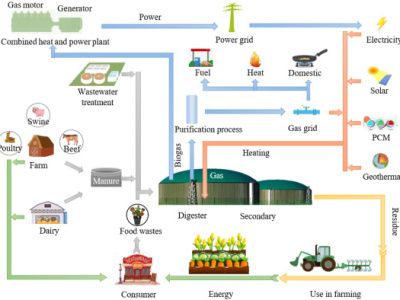
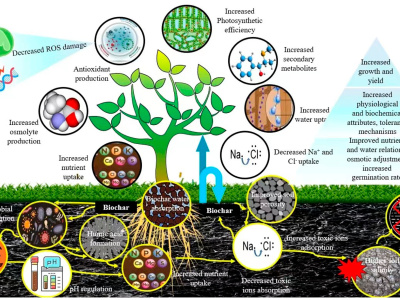
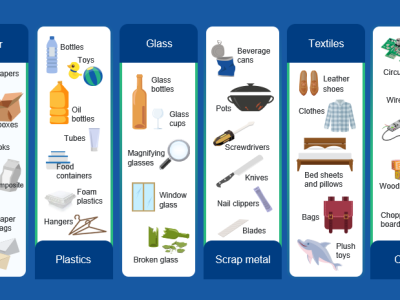
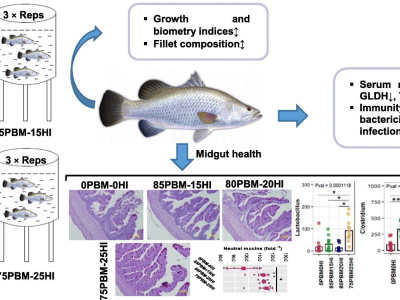
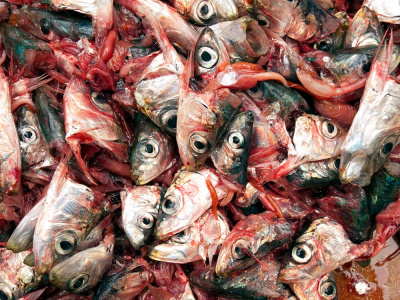
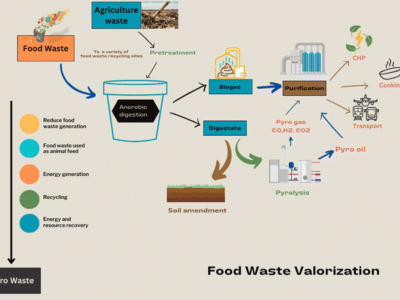
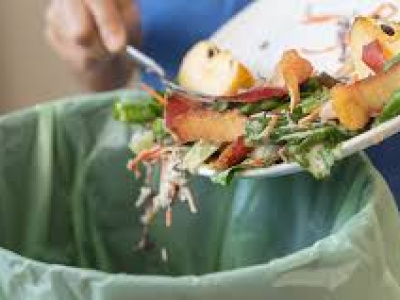
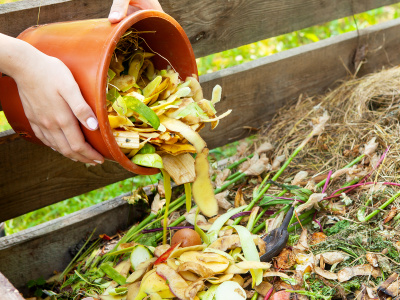
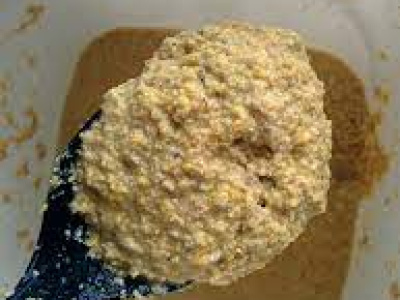
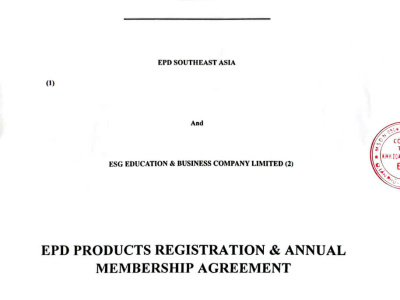
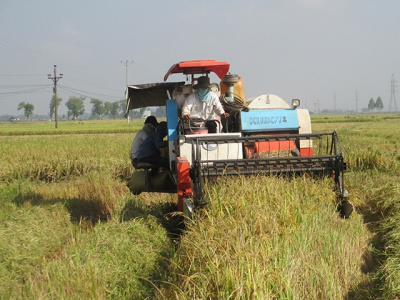
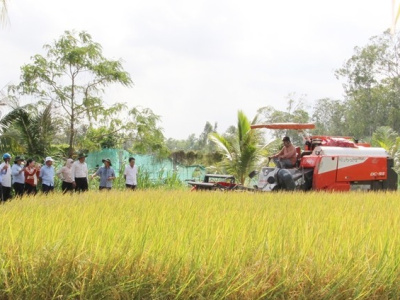
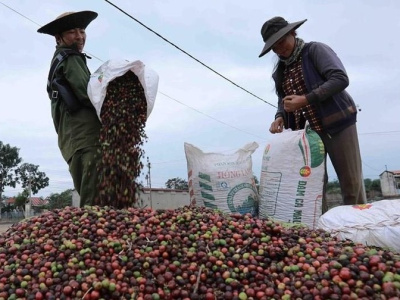
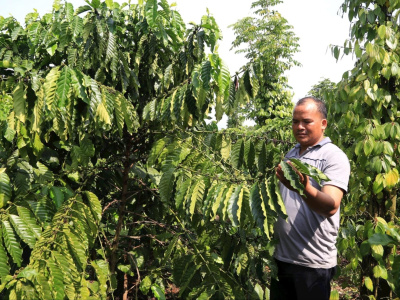
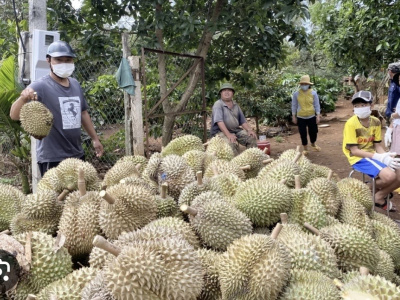
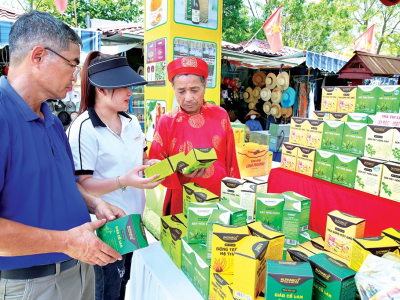
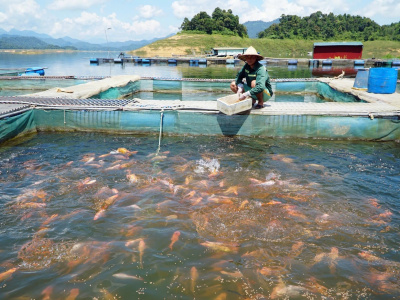
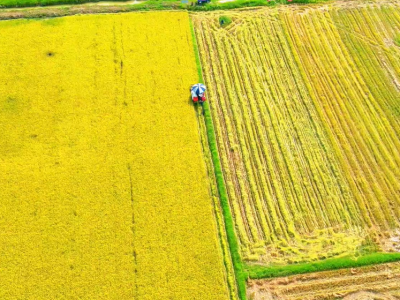
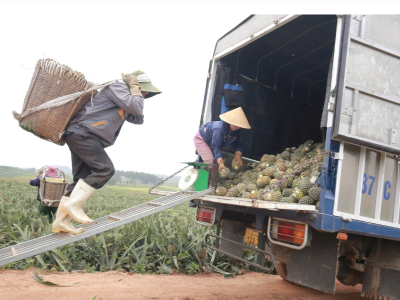
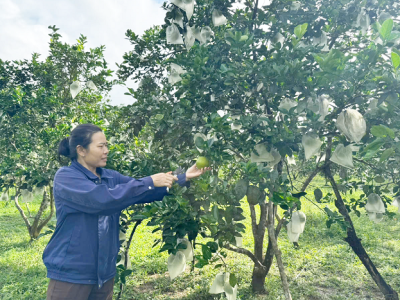
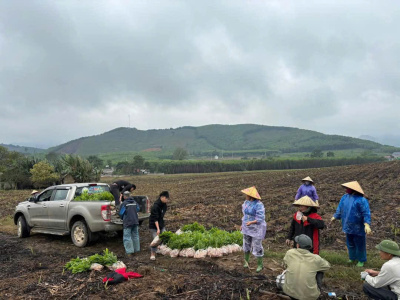

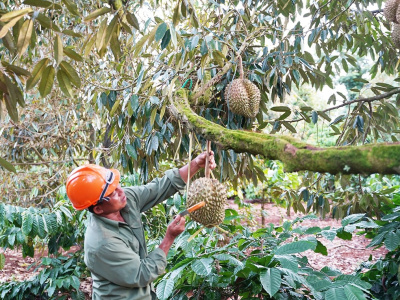

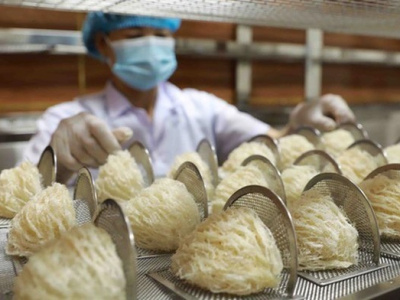

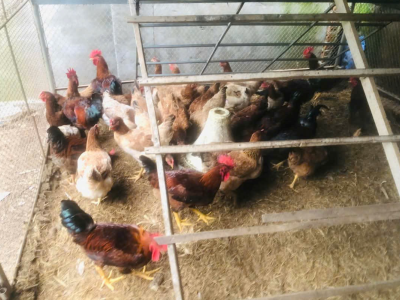
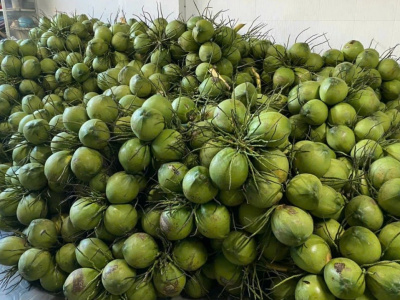
![NGUYỄN ĐÌNH QUYỀN [VN]](https://aseanfarmers.com/wp-content/uploads/NGUYEN-DINH-QUYEN-VN-400x300.png)
